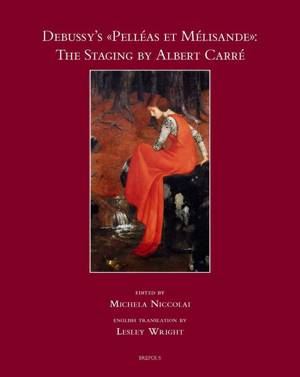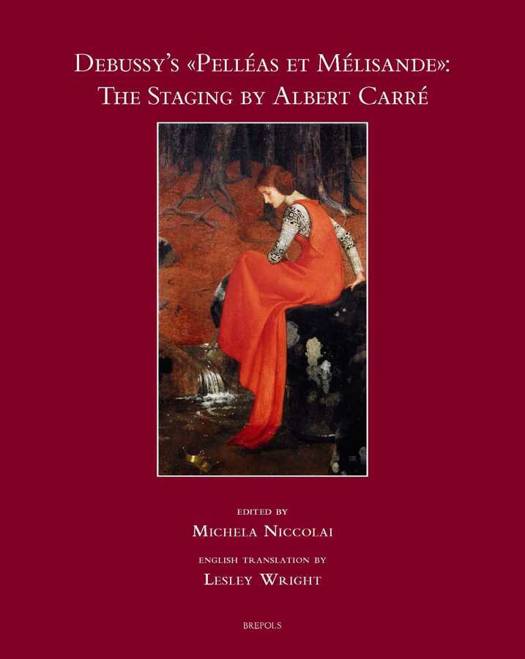
Je cadeautjes zeker op tijd in huis hebben voor de feestdagen? Kom langs in onze winkels en vind het perfecte geschenk!
- Afhalen na 1 uur in een winkel met voorraad
- Gratis thuislevering in België vanaf € 30
- Ruim aanbod met 7 miljoen producten
Je cadeautjes zeker op tijd in huis hebben voor de feestdagen? Kom langs in onze winkels en vind het perfecte geschenk!
- Afhalen na 1 uur in een winkel met voorraad
- Gratis thuislevering in België vanaf € 30
- Ruim aanbod met 7 miljoen producten
Zoeken
€ 116,60
+ 233 punten
Omschrijving
Among the various, extant sources relating to Pelleas et Melisande, the staging has not yet been selected as the subject of a critical edition. The correspondence between Debussy and Albert Carre--who was at the time manager and director at the Opera-Comique--and the publication of the latter's Souvenirs de theatre do not provide sufficient information to establish a comprehensive understanding of the stage production. Numerous staging documents have preserved in some Parisian archives. Engagement with them has revealed two levels of visual representation: the staging of the premiere, signed by Albert Carre, and its printed version, including many changes, issued by Durand several years later. The critical edition presented here, based on this latter version, highlights the differences with the 1902 version, involving changes resulting from the publisher's decision to widen the dissemination of Debussy's work, especially in theatres with less advanced lighting technology compared to the Opera-Comique. The booklet containing the handwritten notes for Pelleas et Melisande, by Albert Carre, is extremely important: the staging contained within the notes, as well as having inaugurated the history of this work, has been in use in the same theatre until 1947. A study of this type that compares visual documents with the musical score, contemporary press reports and iconographic sources, aims to reconstruct the operatic performance as a whole (including the musical text and scenic elements), allowing the reader to 'attend' Pelleas et Melisande as if he were sitting in the audience at the beginning of the twentieth century.
Specificaties
Betrokkenen
- Auteur(s):
- Uitgeverij:
Inhoud
- Aantal bladzijden:
- 253
- Taal:
- Engels
Eigenschappen
- Productcode (EAN):
- 9782503574622
- Verschijningsdatum:
- 20/04/2017
- Uitvoering:
- Hardcover
- Formaat:
- Genaaid
- Afmetingen:
- 213 mm x 269 mm
- Gewicht:
- 916 g

Alleen bij Standaard Boekhandel
+ 233 punten op je klantenkaart van Standaard Boekhandel
Beoordelingen
We publiceren alleen reviews die voldoen aan de voorwaarden voor reviews. Bekijk onze voorwaarden voor reviews.









